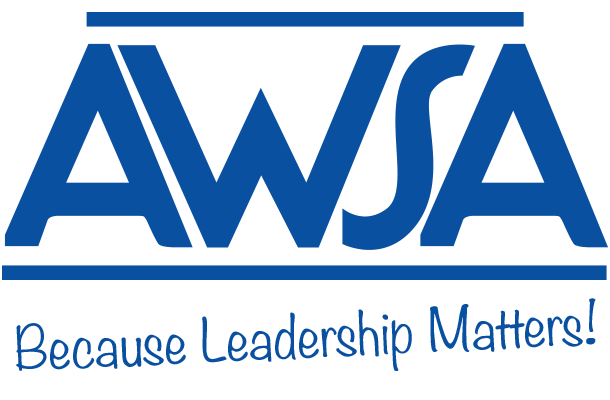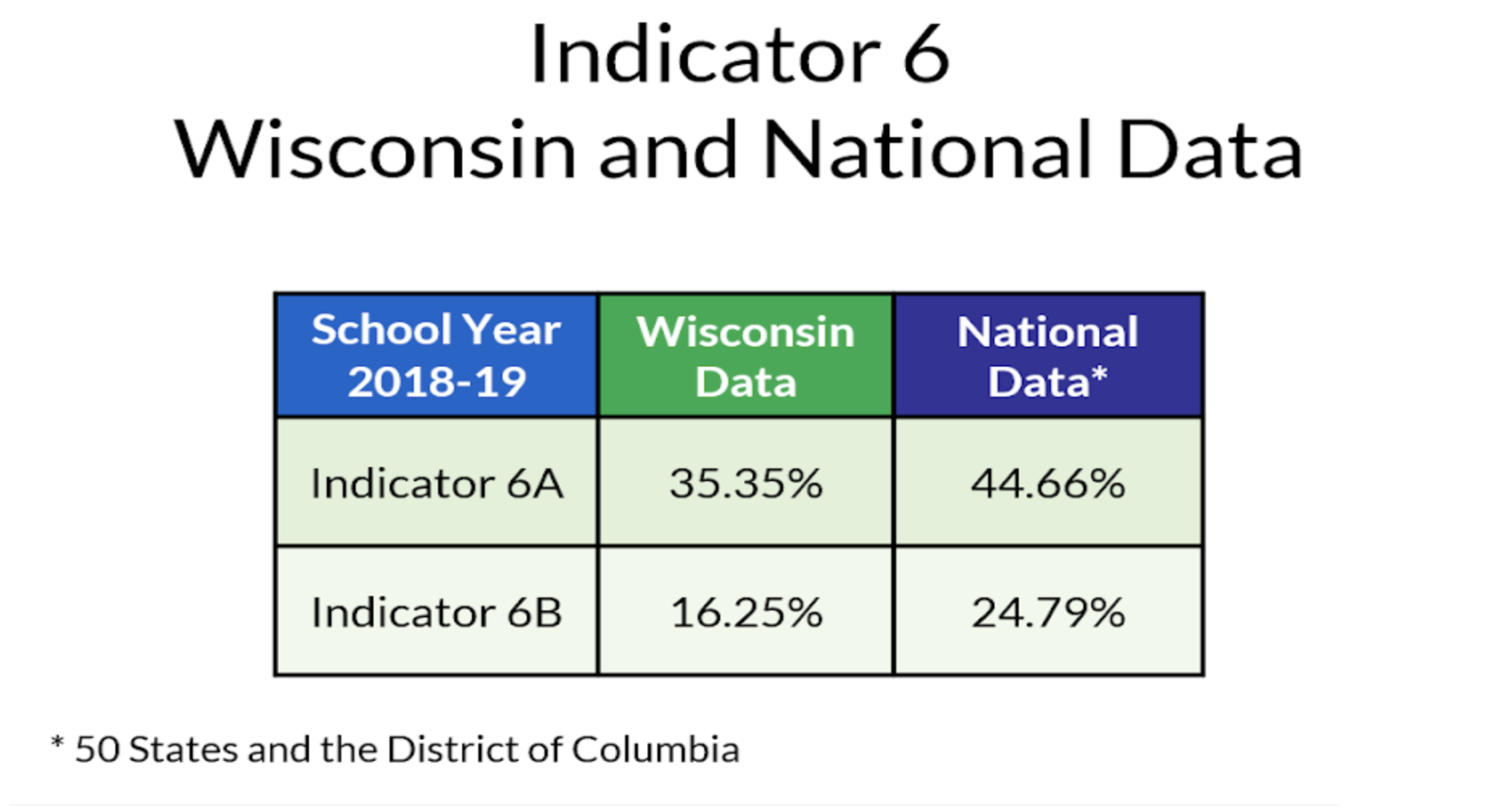Top 3 Strategies Principals Can Utilize to Foster Inclusive Services in Preschool and 4K SettingsBy Andrea Bertone, MS, CCC-SLP, Education Consultant, DPI According to the American Speech-Language-Hearing-Association (ASHA), “[t]he inclusive-practices philosophy emphasizes serving children and youths in the least restrictive environment [LRE] that meets their needs optimally” and allows for “natural opportunities for interactions with peers, unique to the needs of each child” (ASHA 1996; www.asha.org/policy/PS1996-00223/).Inclusion in early childhood programs (including preschool and 4k) refers to educating children with disabilities, from those with the mildest of needs to those with the most significant disabilities, with their peers without disabilities. By educating all students together, teachers and related service providers are able to hold all students to high expectations and intentionally promote participation in all learning and social activities, facilitated by individualized accommodations. By using evidence-based practices and supports in general education classrooms, special educators can partner with general education teachers to foster development (cognitive, language, communication, physical, behavioral, and social-emotional) , friendships with peers, and a sense of belonging. What do we know about outcomes for students with disabilities who are meaningfully included with same-aged peers? According to the US Department of Education’s 2015 Policy Statement “Inclusion of Children with Disabilities in Early Childhood Programs”, students who are meaningfully included with nondisabled peers are more likely to:
Despite these positive student outcomes, data around inclusive practices for preschoolers and 4k students with disabilities in Wisconsin continues to be consistently below US averages and US benchmarks, as seen when reviewing Indicator 6 Data (see table below).
Indicator 6A is the percentage of preschool students attending a regular early childhood program (preschool or 4k) and receiving the majority of special education and related services in the regular early childhood program. In Wisconsin, Indicator 6A data for the 2018-19 school year was 35.35%, below the national average of 44.66%. The state of Colorado Indicator 6A data was at 85% and Minnesota was at 58% for the same time period. Indicator 6B is the percentage of preschool students in a separate special education (Early Childhood or EC) class, separate school, or resident facility. In Wisconsin, this data for the 2018-19 school year was 16.25%, below the national average of 24.79%. The state of Colorado Indicator 6B data was at 3.77% and Minnesota was at 15.1% for the same time period. What does this data mean? Only one in three preschool students in Wisconsin received the majority of their special education services in their preschool natural environment or 4k program during the 2018-19 school year. Placing preschool students in special education classrooms, separate schools, or residential facilities is below the national average; however, Wisconsin preschoolers are placed in these settings more than preschoolers in other states. How do we improve our experiences for preschool students in Wisconsin? As building leaders, there are three key strategies you can utilize to foster an increase in inclusive practices by special educators, including SLPs and other related service providers. These strategies not only support special educators to increase inclusive practices at the preschool and 4k level, but also apply when supporting students in general education environments K-12. DO...set the expectation for regular collaboration (think PLCs) and give the team time to meet regularly. Having SLPs and other related service providers regularly engaging in learning, planning and problem solving with general educators, especially at the preschool level, can lead to increased outcomes for students. As professionals co-plan and provide supports and services to students in 4k classrooms or natural environments, professionals are able to learn from each other strategies that work for individual students. These strategies can be used by general educators during other activities throughout the day when related service providers may not be present, facilitating increased repetition of practice for students that could not be achieved if services were pull-out. DO...set the expectation at IEP meetings that meaningful conversations about LRE should be occurring. It is the expectation of the Individuals with Disabilities Education Act (IDEA), the federal special education law, that children with disabilities are educated to the maximum extent possible and appropriate in regular education settings with children who do not have disabilities (Sec. 300.114(a)(2)(i)). When services are discussed at an IEP meeting, encourage team members to first consider the provision of services in the natural environment. Only if it is determined that a student can not be meaningfully supported in the general education setting should the team then consider a more restrictive (i.e., pullout) location of service. LRE decisions must be based on unique individual needs of each and every student with any IEP and not a one-size-fits-all decision based on the student’s disability label, age, grade, or other general characteristics. DO...implement a workload model over a caseload model for related service providers. Due to retention and recruitment difficulties in obtaining professionals for OT, PT, and SLP positions, caseloads for these professionals tend to be very high. Related service provider allocations have typically been determined using a caseload model, or number of students to whom they are providing services. This is a narrow view of the different activities and work related service providers engage in. A caseload model also is often a barrier for professionals in having time in their schedules to support students across different environments. ASHA recommends the adoption of a workload model where all the duties and activities the related service provider engages in are considered when determining allocation. Some states have created their own workload calculator; the ASHA Workload Calculator also is used by many states. Supporting students in general education environments has positive outcomes for students. It allows them to practice newly learned skills in the environment in which they will need them. Students who are meaningfully included in preschool settings are absent less, achieve more, and have better employment rates. Increasing time for collaboration, having meaningful conversations about LRE, and implementing a workload model over a caseload model are key strategies that building leaders can make to foster the increase of inclusive practices. Resources: 2021 ASHA Virtual Town Hall-Strategies to Address Workload in Schools AOTA: Occupational Therapy’s Role in School Settings ASHA: School-Based Service Delivery in Speech-Language Pathology College and Career Reading Individualized Education Programs (CCR IEPs) OT Services Under IDEA ‘97: Decision-Making Challenges Wisconsin DPI Inclusive Learning Communities Practice Profile |

